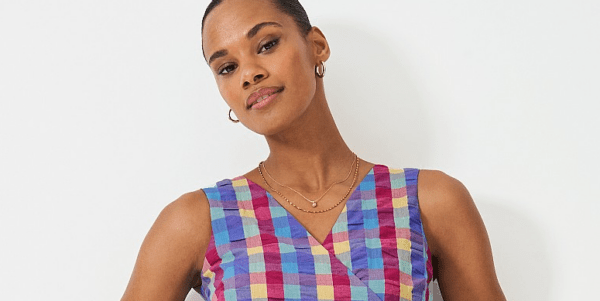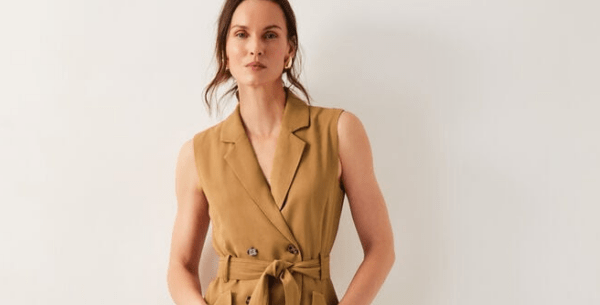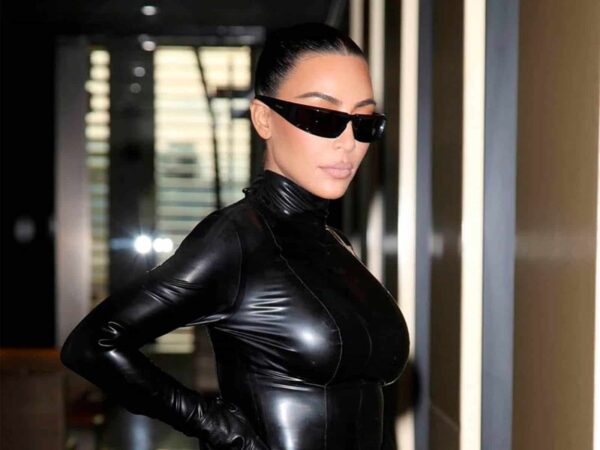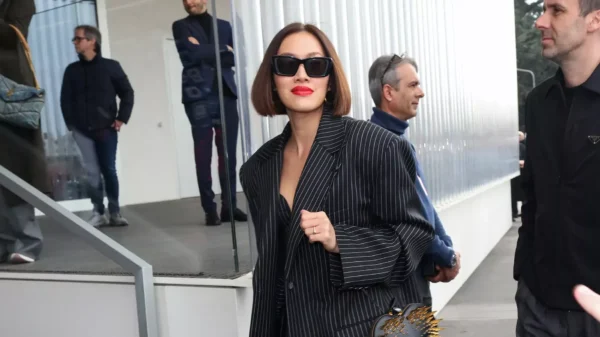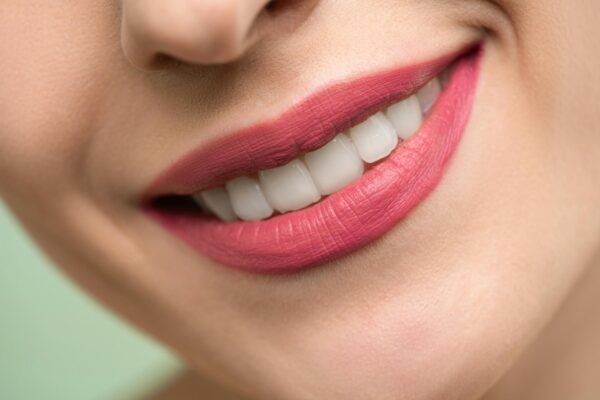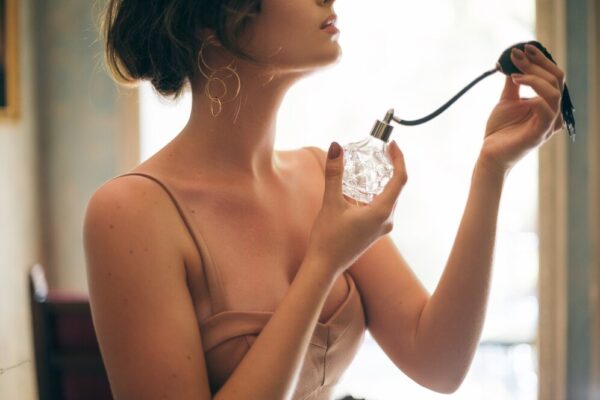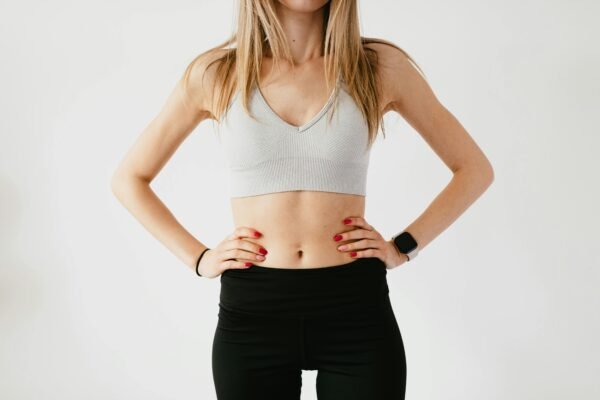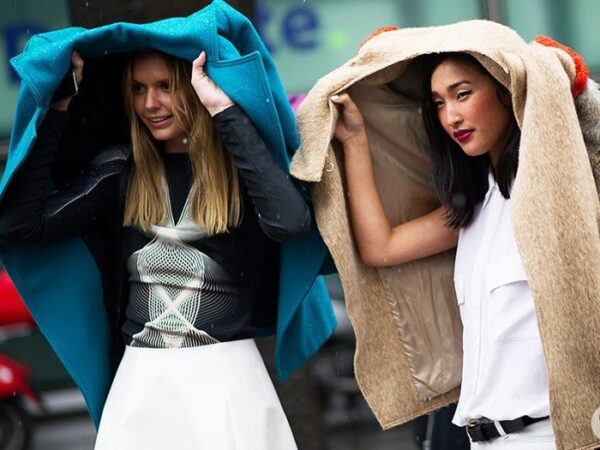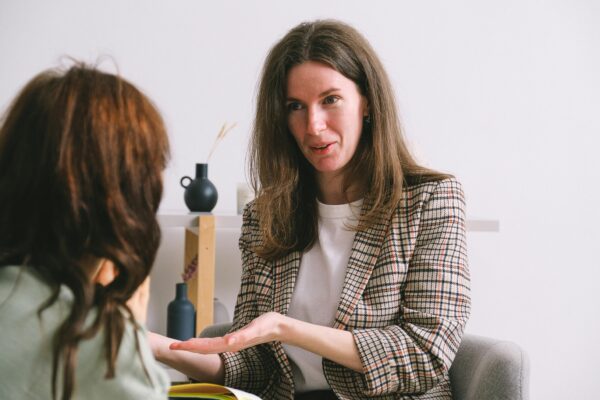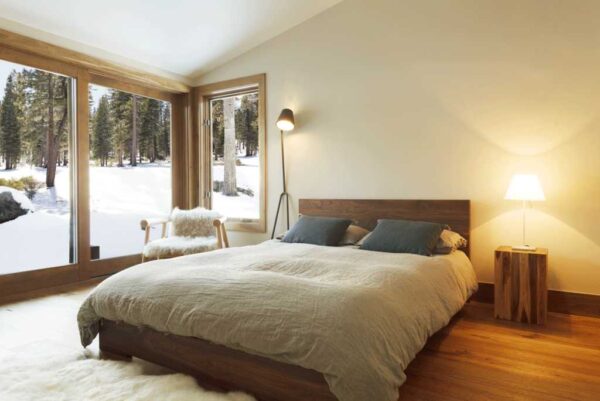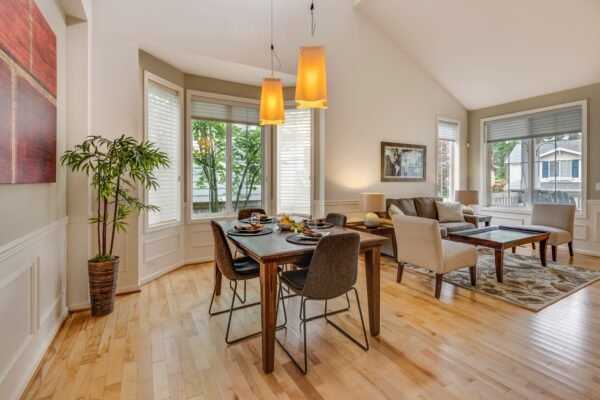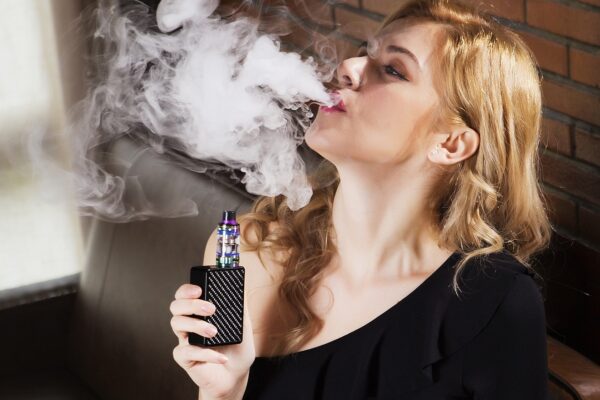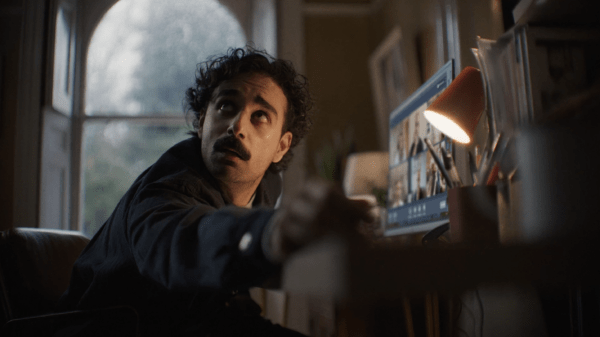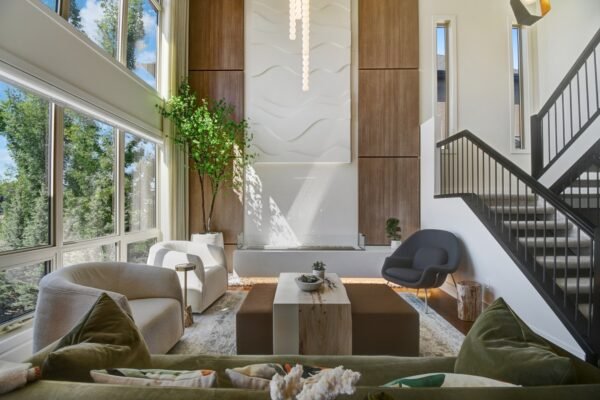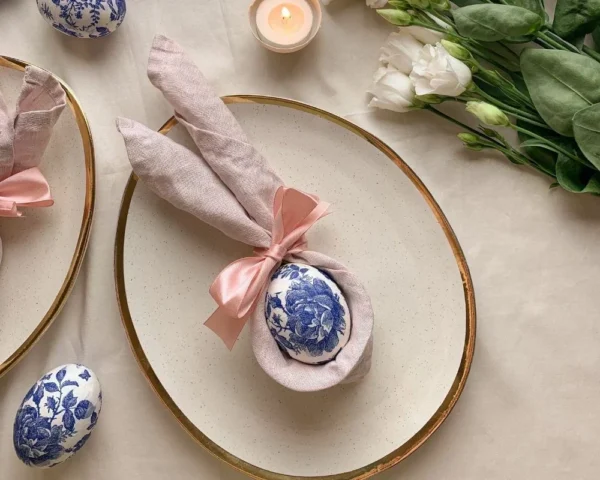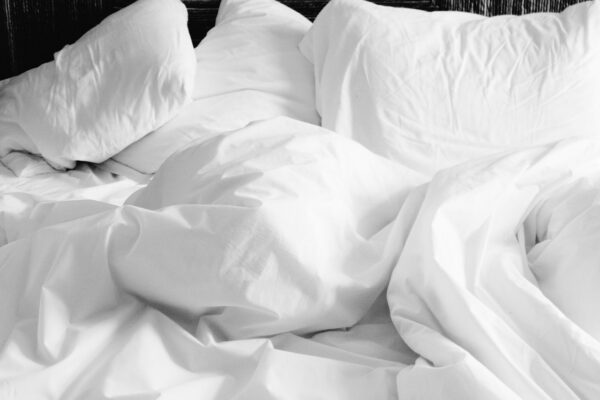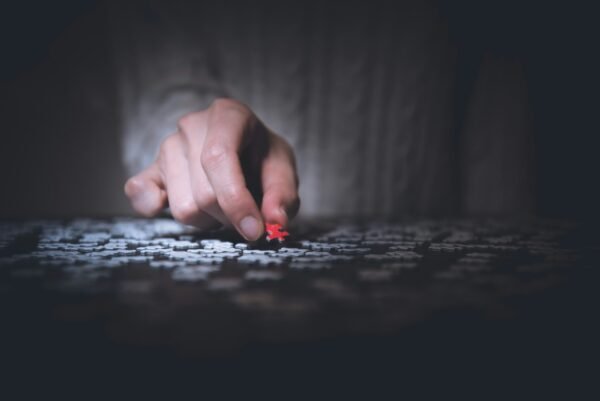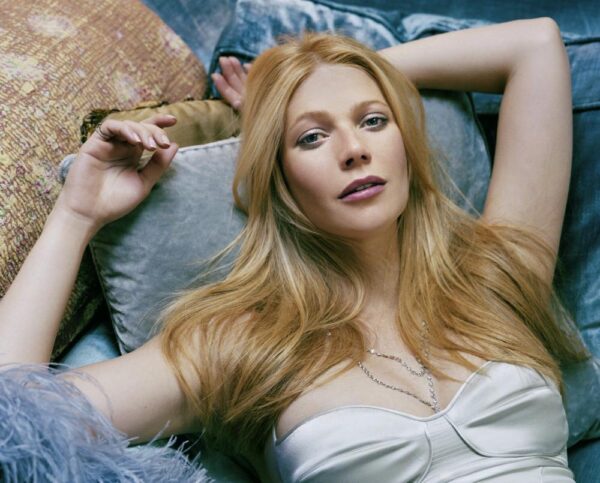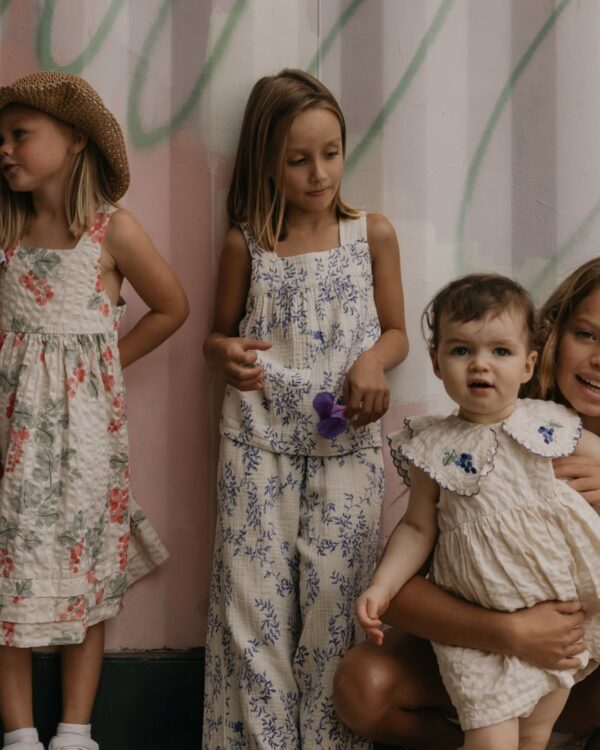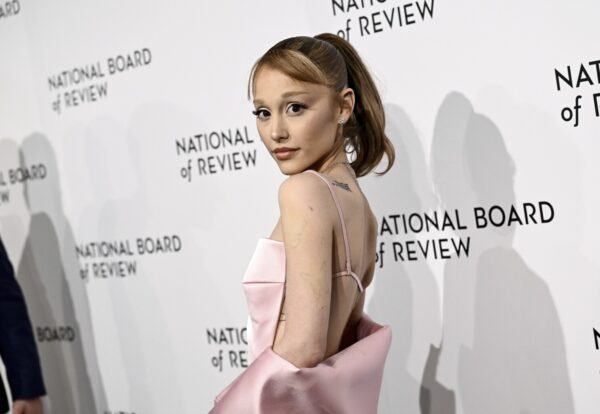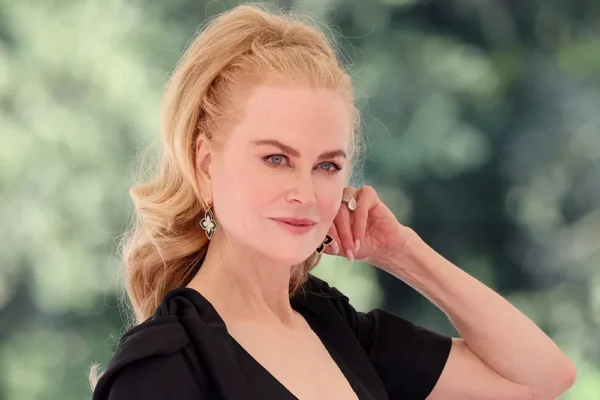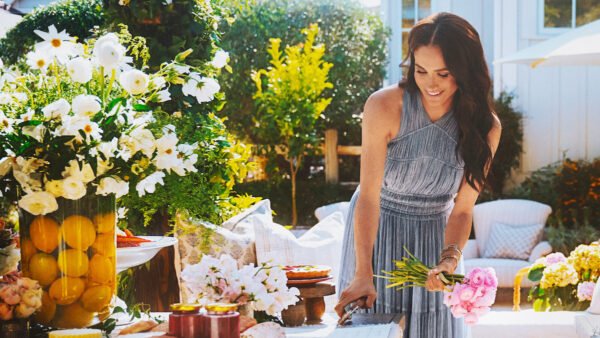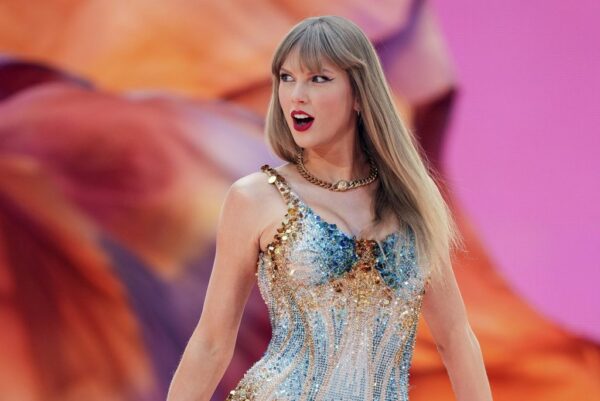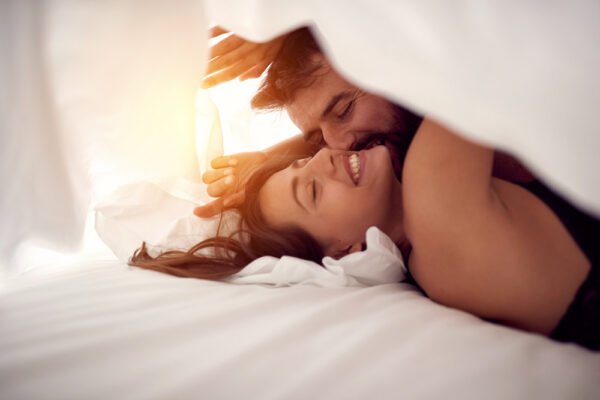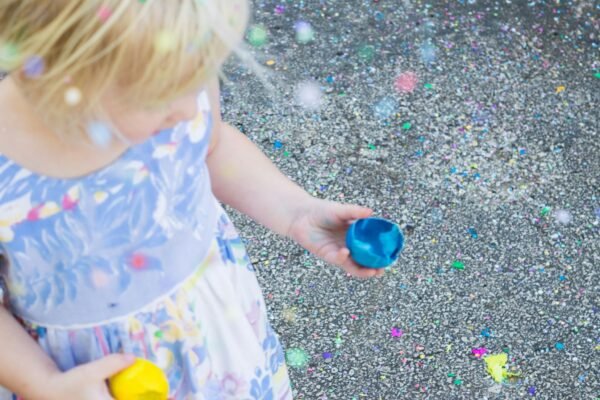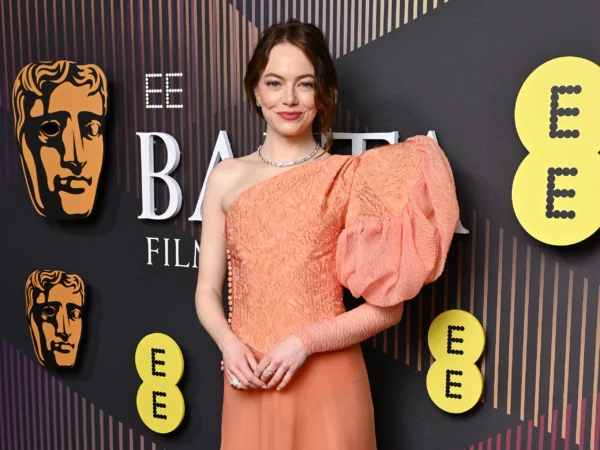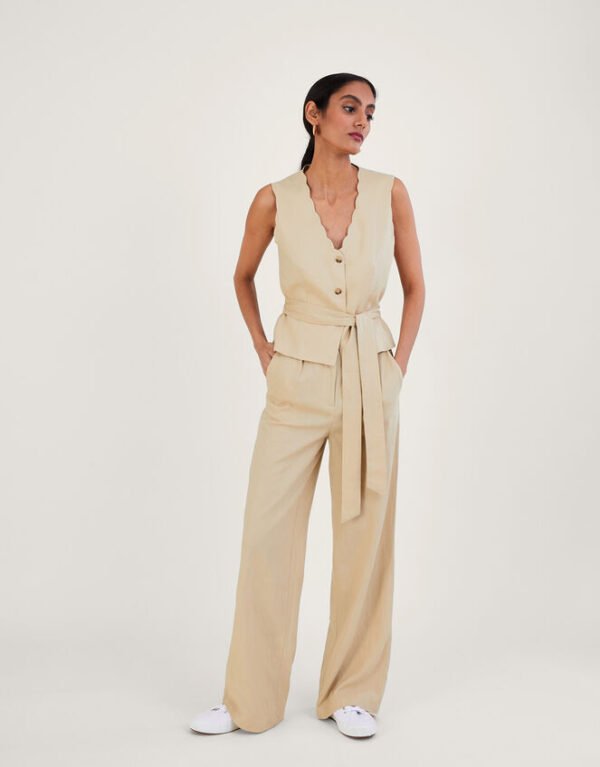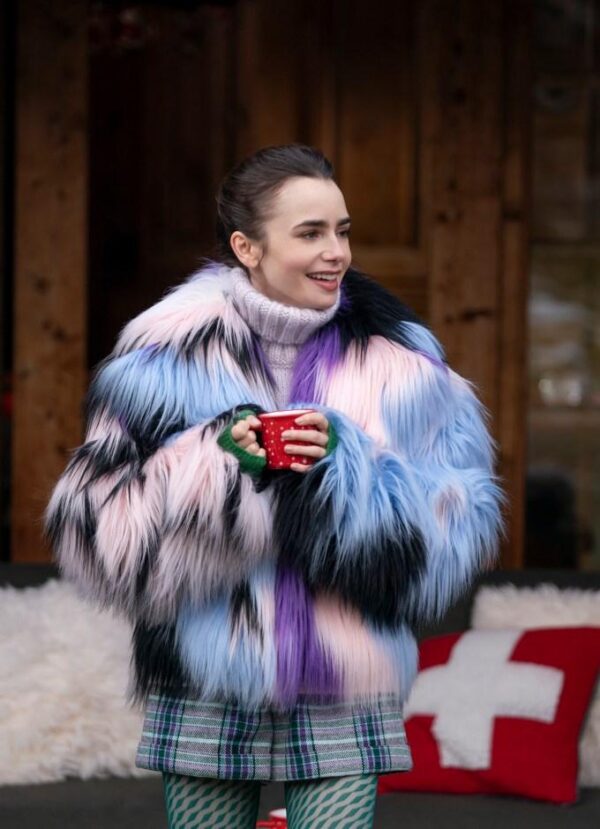
The Secret to Nailing Emily in Paris’ Colour Clashing Looks
There have been a whopping 1.4million searches for ‘Emily in Paris’ in the last month whilst searches for ‘Emily in Paris Outfits’ have increased by 790% this month.
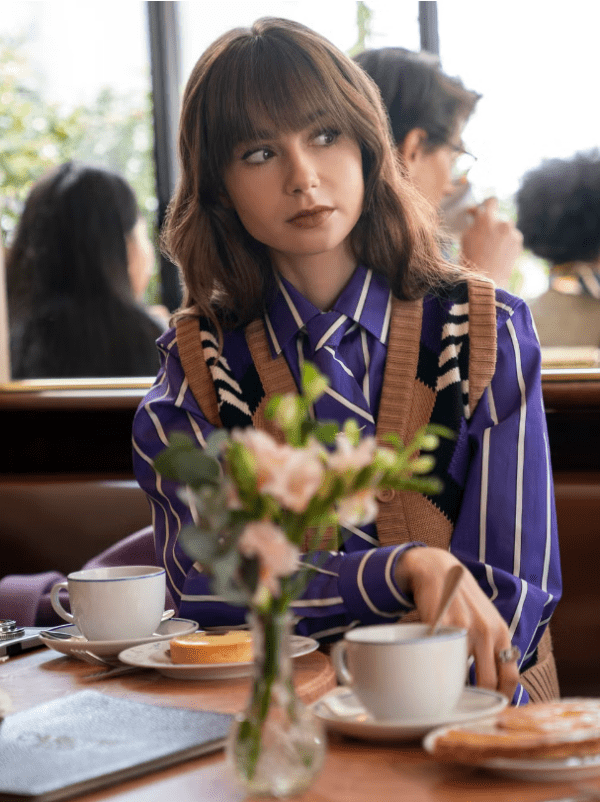
In her fourth season, Emily’s wardrobe is as colourful as ever with clashing prints galore. And according to a new study by British clothing retailer Joules, 64% of Brits want to add more patterns to their wardrobes but nearly three in five feel nervous about doing so. Half of us (50%) also don’t know where to start when it comes to adding patterns to our outfits.
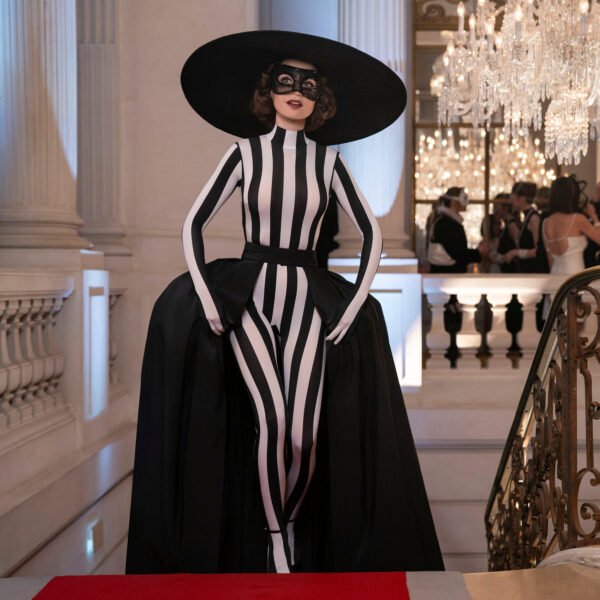
Joules has teamed up with colour expert Charlotte Elizabeth to reveal how the principle of colour theory can also be applied to patterns to help people incorporate something new into their wardrobe this summer.
Finding your colours
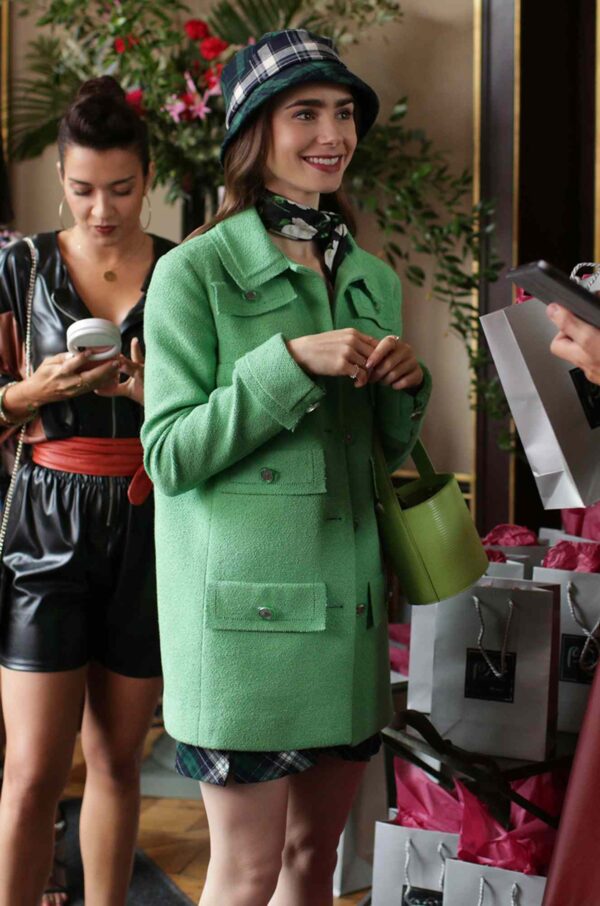
According to Charlotte, finding out your colours is an investment for life as they will never change – neither tanning nor ageing will affect them.
She says, “Colour analysis is a pathway to finding your very own personal style – gives confidence and frees your creativity, whilst saving you money. Once you know which season you fall into, you can use this to help guide outfit planning, shopping and inform make-up and hair style choices too.
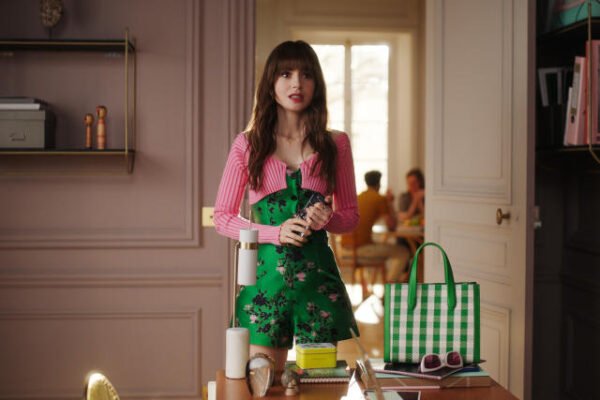
She explains, “Seasonal colour analysis is categorised into two subgroups, warm seasons (Spring and Autumn) and cool seasons (Summer and Winter). Knowing which season you fall into and which colours are best for your skin tone is key as wearing the right colours can make you look younger, healthier, and hugely boost your confidence.
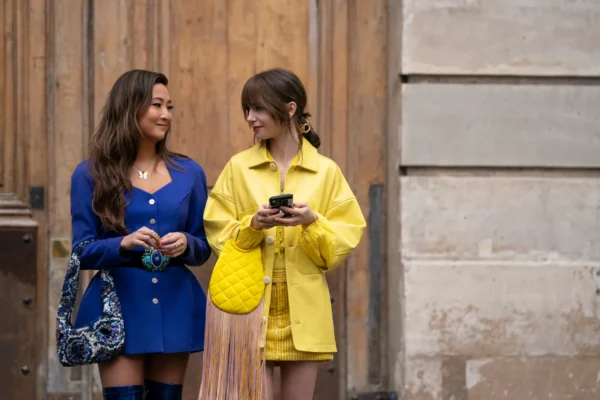
“Once you know your season, it’s helpful to be able to understand the differences between each colour palette so you know exactly what you’re looking for. Warm colours are yellow based whereas cool colours have more pink and blue undertones. There’s a colour for every season (including yellow!) but it’s just about finding the right tone to create balance with your skin tone.”
Introducing colour to your outfits

When it comes to introducing colour into your wardrobe Charlotte explains that you should stick to the principle of three.
“Always stick to no more than three colours when building an outfit and use the principles of colour theory to guide what works well together. As a general rule of thumb, you want to learn how to recognise cool from warm colours and don’t mix them as they won’t create harmony or a balanced, stylish look.
“If you’re new to wearing colour, you should start by building your wardrobe around your core neutrals and then add a pop of colour to create a stylish look. Each season has a different set of neutrals but these will either be white, black (only for winter), navy, grey, camel or brown.”
Adding colour through accessories
Instead of going all out and wearing colours head to toe, a good option for those who are more colour-conscious but still want to add a little something to their wardrobe is investing in colourful accessories.
“To create an on-trend look, a very good inexpensive investment could be in your choice of accessories. Once you have a palette of colours, your accessories can be neutral or one of your complementary colours e.g. navy outfit with a pop of orange in a handbag.
“For cool undertones, choose silver, white gold or pewter jewellery to enhance the muted colour palette. Conversely, for warmer undertones in your skin tone, gold jewellery, tortoiseshell and tan make for good accessories.”
Introducing pattern to your wardrobe
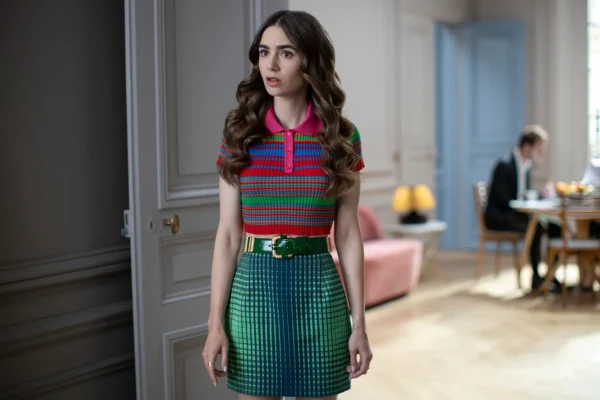
Patterns can be a difficult thing to incorporate into your wardrobe, but Charlotte explains that the core principle is to keep it simple and combine no more than two patterns.
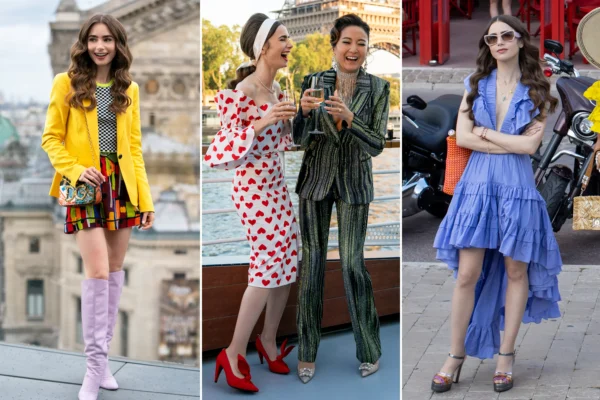
“The art of mixing patterns requires attention to detail. Leopard print is a huge trend for this year and can look brilliant paired with stripes. It’s simply a case of incorporating the same hues in the two patterns to create harmony. What you don’t want is to look garish – so stick to this ruling.
According to Charlotte florals or polka dots can work well juxtaposed against a geometric pattern but again, you should remember to try and balance the colour and look for a triadic colour scheme.
Patterns are not only great for adding personality to your wardrobe but can also be used to refine your image.
“When considering patterns it’s helpful to look at your body shape first and use patterns to complement your body image. Elongate the legs with lengthening patterns, and choose a soft curvy, floral or rounded shape for your top half.
“Patterns can be used to highlight your best feature but conversely do not choose a pattern which focuses on your worst feature. For example, over a large bust, avoid vertical stripes and pear shapes should avoid adding pattern and texture to the hip line.
The clothing you choose also has a tangible impact on your emotions and attitude and is often a good reflection of someone’s mood.
Charlotte says, “There is a subtle message with the choice of patterns in your clothes and as a rule, florals depict a more romantic, softer mood and would be best suited to a casual look. Geometric or abstract patterns on the other hand tend to depict a more classic, let’s say professional image but it can also depend on your personality as to what you favour.”
According to Charlotte, the same principle applies to colour,
“Red is a powerful colour that can energise a room or appear aggressive so it can help make a confident impression but can also have negative connotations. Whereas blue is both calming and stimulating but is good to combine with another colour so you don’t get lost in the crowd
“So if you have ever wondered why some outfits make you feel confident and energised – it’s because you have chosen correctly. The right outfit can transform a bad day into one filled with energy, confidence and enthusiasm.”
For all your summer floral inspiration, visit the Joules website.






